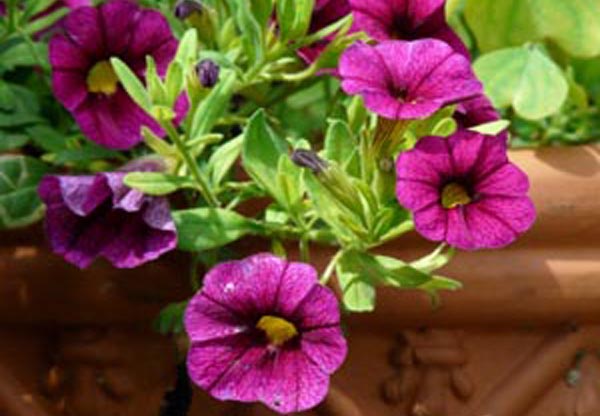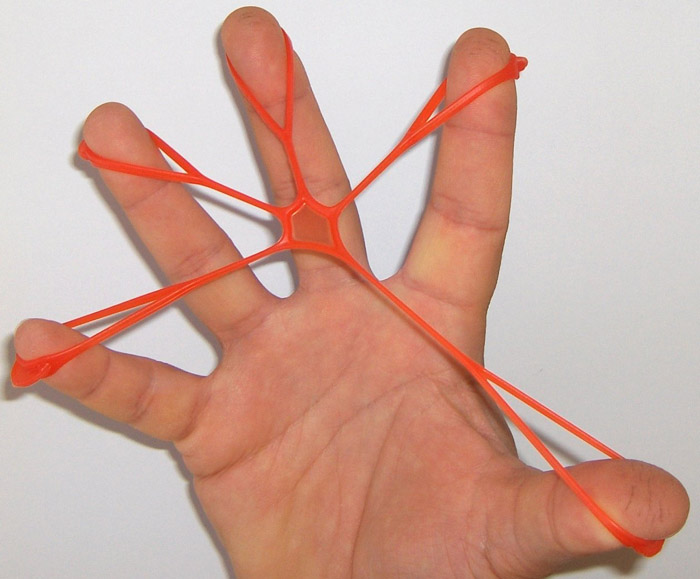Engaging your Senses – 11 Essential Oils for Yoga
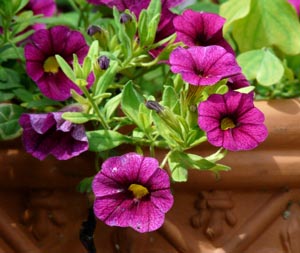 My first experience with essential oils happened during a visit to the local Renaissance Festival over 25 years ago. Among the medieval clothed merchants hawking various Renaissance period wares there was this little cart filled with row after row of essential oils. It seemed like there were well over 100 different scents including various blends. Each oil was offered in a tiny little amber bottle. For me it was one of the highlights of the festival and I went home with several bottles. Perhaps it was because of the uniqueness of the experience, but each time I would open one of the bottles I would be transported back to memories of that event.
My first experience with essential oils happened during a visit to the local Renaissance Festival over 25 years ago. Among the medieval clothed merchants hawking various Renaissance period wares there was this little cart filled with row after row of essential oils. It seemed like there were well over 100 different scents including various blends. Each oil was offered in a tiny little amber bottle. For me it was one of the highlights of the festival and I went home with several bottles. Perhaps it was because of the uniqueness of the experience, but each time I would open one of the bottles I would be transported back to memories of that event.
Our sense of smell is often thought to be a strong link to our memories and to our emotions. Who among us has not caught a whiff of some scent on a breeze and been reminded of something in our past. We often define a smell as pleasant not solely due to a pleasant odor, but also because of pleasant memories associated with that scent. I can remember one acquaintance who was haunted by the memory of an aroma from his childhood. The local barber applied an after haircut wipe that had a particular smell he associated with a cool and pleasant feeling. He went years searching for it and had no idea of what the scent was until one day he caught a whiff of witch hazel. Instantly he was transported back to his childhood memories.
 Aromatherapy uses essential oils as a means of influencing a person’s mood, cognitive function or health. The use of oils for healing is nothing new and Dioscorides outlined their use in his De Materia Medica written in the first century.
Aromatherapy uses essential oils as a means of influencing a person’s mood, cognitive function or health. The use of oils for healing is nothing new and Dioscorides outlined their use in his De Materia Medica written in the first century. 
Aromatherapy Effects
Since Aromatherapy states that certain oils will have certain effects on the moods of those who smell them I thought I would see if I could find some oils that would benefit a yoga practice. I did a search and found plenty of exhaustive lists of both healing effects and mood effect associated with various oils. In order to be thorough I looked through several lists to see if they reported the same effect for each oil. They differed quite a bit. It quickly became complicated so I made up my own table to sort through it all. My goal was to find several sources that list the same effects for specific oils. Complicating this effort was the fact that some sites listed each oil and the specific psychological effect it was supposed to produce while other sites listed the psychological problems that would be made better from the use of the oil. Still other sites listed specific psychological states associated with lists of oils. I can also tell you that sites that don’t list the oils in alphabetical order are particularly annoying to those trying to compile lists.
Eventually I zeroed in on Aromatherapy topics that would be beneficial for those involved in yoga. These involved essential oils noted for reducing stress, enhancing physical performance and enhancing mental clarity. I chose these topics because they either reflect the main reasons we get involved in yoga or they could enhance our yoga abilities. I also focused on the aromatic effects rather than effects from applying the oil or ingesting the oil. There are some specific dangers involved in actually taking some of these oils internally, so I do not advise that. It is also important to note that oils intended for food use are processed differently than those intended for aromatic purposes and they could contain some residues we would not want to consume. As far as applying the oils to your skin, please be careful. Essential oils are very concentrated and should be mixed with a carrier agent to avoid irritating your skin. You would also want to do an allergy test with any new oil to make sure you didn’t have a reaction.
Here are some Aromatherapy suggestions to enhance your yoga experience.
11 Essential oils for Yoga Enhancement
Basil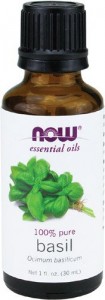 |
You may be familiar with basil in your garden or in cooking. There are many different types of basil that have slightly different scents. Linalool basil is found in expensive perfumes and has a green and floral sweetness. Exotic types of basil will often have a slight camphor scent. Sweet basil will be a combination of both the floral and the spicy scent. Aromatherapy qualities: Reduces fatigue, enhances physical performance, improves mental clarity and focus. |
Bergamot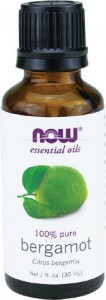 |
Bergamot oil is taken from the peel of the Bergamot orange, a small and rather sour fruit. The aroma of bergamot oil is sweet with a light orange scent. Aromatherapy qualities: Reduces stress, reduces fatigue, enhances physical performance. |
Chamomile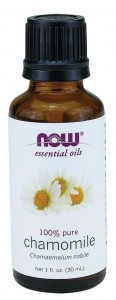 |
Roman chamomile is probably more familiar to most as an herbal tea known for its sleep enhancing benefits. It offers a sweet, apple-like fragrance that lends a light fresh note. Aromatherapy qualities: Reduces stress. |
Clary Sage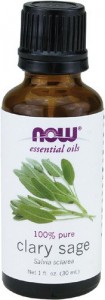 |
Clary sage has a spicy, hay-like, bittersweet long-lasting scent. This is not the same plant as the common or garden variety sage which is used for different purposes. Aromatherapy qualities: Reduces stress. |
Grapefruit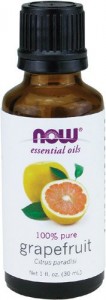 |
If you have ever peeled a grapefruit then you have smelled this oil. Grapefruit oil is cold-pressed from the peel of the common grapefruit. It has a fresh, sweet, bitter, citrus scent. Aromatherapy qualities: Reduces fatigue, enhances physical performance. |
Jasmine |
The fragrance of jasmine is a sweet, honey-like, exotic and richly floral smell. Aromatherapy qualities: Reduces fatigue, enhances physical performance. |
Lavender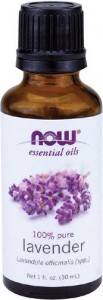 |
Lavender oil is a common favorite oil that has antiseptic properties. It offers a floral, fresh, sweet, herbaceous and sometimes slightly fruity scent. It can be slightly camphorous depending on the plant. This is one of my favorite oils. It is not an overpowering scent and mixes well with other fragrances. Aromatherapy qualities: Reduces stress. |
Lemon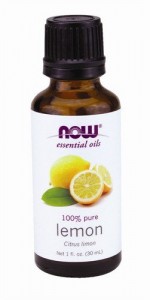 |
Lemon oil scent is a sharp, fresh smell evocative of the fresh ripe peel. Cold pressed oils offer a better quality oil than those derived from distillation. Aromatherapy qualities: Reduces fatigue, enhances physical performance improves mental clarity and focus. |
Peppermint |
Most of us have tasted peppermint in candies before. Peppermint oil has a strong, sweet, menthol aroma. Undiluted the strong scent can cause your sinuses to tingle. Aromatherapy qualities: Reduces fatigue, enhances physical performance improves mental clarity and focus. |
Rosemary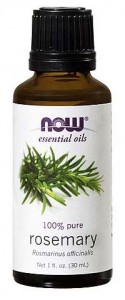 |
Rosemary is another herb that we may associate with cooking. Its oil has a fresh, herbaceous and sweet smell. Some varieties have a stronger camphor smell than others. Aromatherapy qualities: Reduces fatigue, enhances physical performance improves mental clarity and focus. |
Sandalwood |
Sandalwood oil has a sweet-woody, warm, fragrant, floral scent that improves with age. It is found in many different perfumes and lotions. Aromatherapy qualities: Reduces stress. |
Aromatherapy Suggestions to Enhance Yoga
- For Stress Reduction: Bergamot, Chamomile (Roman), Clary Sage, Frankincense, Geranium, Lavender, Neroli, Sandalwood
- To Reduce Fatigue and Enhance Physical Performance: Basil, Bergamot, Grapefruit, Jasmine, Lemon, Peppermint, Rosemary
- To Improve Mental Clarity and Focus: Basil, Cypress, Lemon, Peppermint, Rosemary
These oils can be used singly or combined together with others of the same group. You will probably be able to find these oils locally at Whole Foods and other health food stores. There are many different brands and it may be confusing to know which is best. I prefer Now Foods brand due to its high quality and friendly price. Aura Cacia also produces quality oils.
They make oil diffusers and sprays which is fine for at-home practice. In public or group practice it would be better to keep your Aromatherapy a personal thing. Some people may have allergic sensitivities to certain scents. One of the best ways to use these essential oils as aromatherapy in yoga is to apply a couple of drops of oil to a cotton ball or yoga towel and place near the front of your mat. Prior to starting your yoga practice, inhale the pleasant scents and let them transport you into an enhanced state of mind. You could prepare a couple of ziplock bags filled with cotton balls with different oils to create different benefits. Make sure that you do not get these oils on your fingers during your practice or use a yoga towel infused with oil to wipe your face or eyes. Essential oils are irritating to skin and eyes if they come in direct contact.
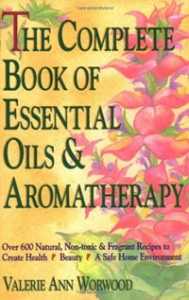 If you want to explore some different Aromatherapy recipes there is a book (The Complete Book of Essential Oil and Aromatherapy) that offers plenty of tips and advice. Remember too that you can experiment on your own as well. If you like a scent and find it brings you a positive effect then there is no need to check to make sure Aromatherapy agrees. In my research for this blog post I found many different Aromatherapy experts claiming many different effects for various oils. Feel free to improvise as you see fit.
If you want to explore some different Aromatherapy recipes there is a book (The Complete Book of Essential Oil and Aromatherapy) that offers plenty of tips and advice. Remember too that you can experiment on your own as well. If you like a scent and find it brings you a positive effect then there is no need to check to make sure Aromatherapy agrees. In my research for this blog post I found many different Aromatherapy experts claiming many different effects for various oils. Feel free to improvise as you see fit.


